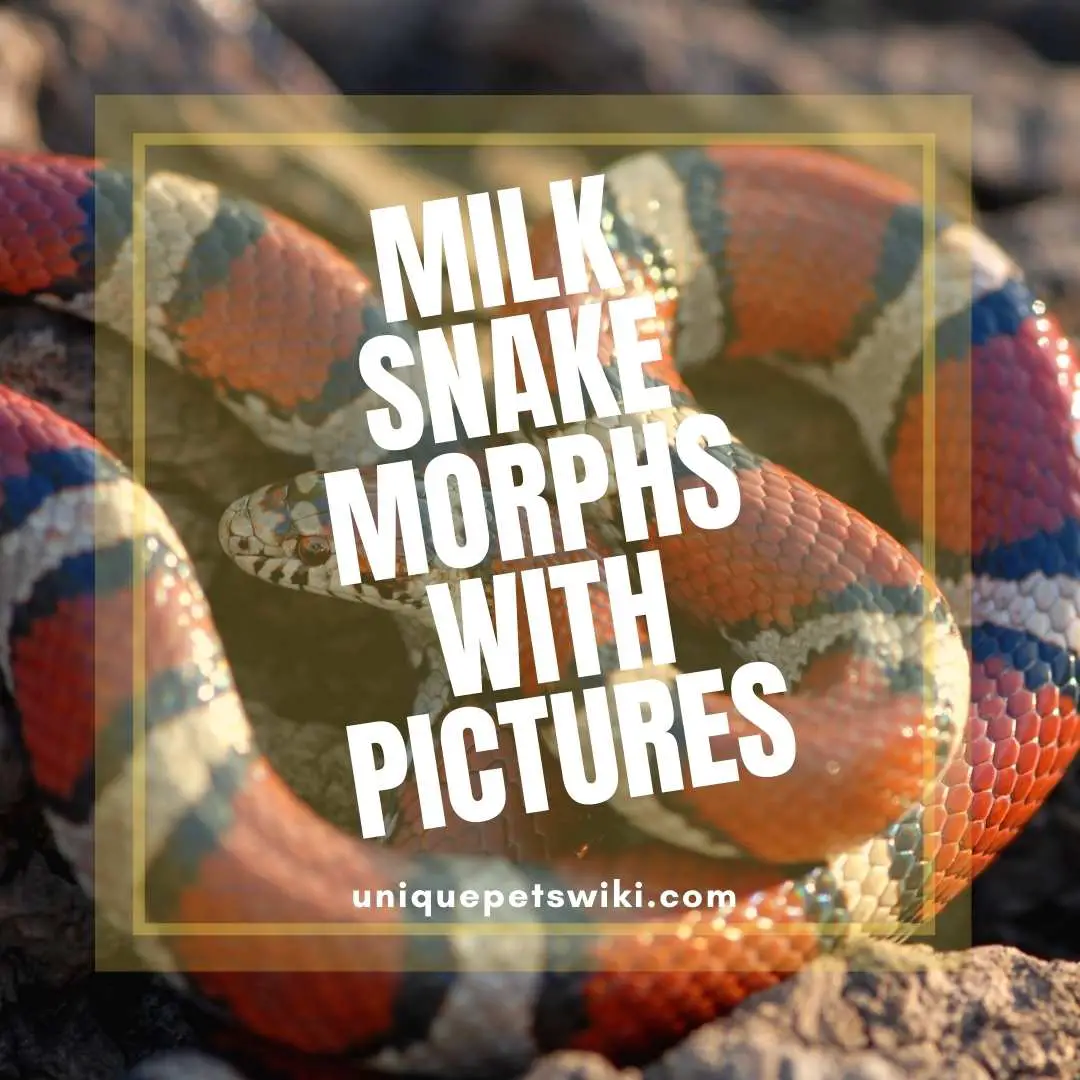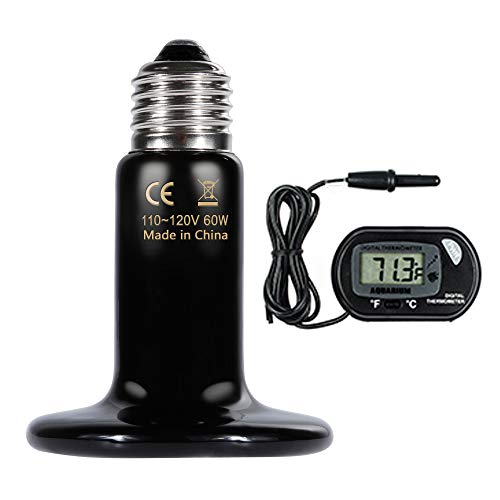Milk snake refers to a harmless snake mainly found in North and South America. Their scientific name is Lampropeltis triangulum. We will discuss more milk snake morphs as we go on.
It is a brightly colored species and non-venomous. They are new world snakes.
They are from the genus Lampropeltis, which is Greek for shiny shields. It quite literally describes these snakes as their scales are significantly glossy.
These beautiful snakes get their unique name from a folktale. It described them as snakes that sneak into barns and drink milk from nursing cows.
However, this story has no relation to reality as this would be impossible for a snake to do.

Let’s continue reading.
Milk snakes are some of the most beautiful reptiles in the world, because of their distinct colors and patterns.
You can easily distinguish them from other snakes. Nonetheless, do not confuse them with the dangerous coral snakes. Milk snakes are safe for human interactions as pets and are popular throughout the world.
There is a wide variety of issues to discuss milk snakes. There are 24 distinct subspecies or morphs.
Milk snake morphs are found in a wide range of areas around the world. While being from different regions means that they have variations, their similarities are also significant.
Contents
List of Milk Snake Morphs
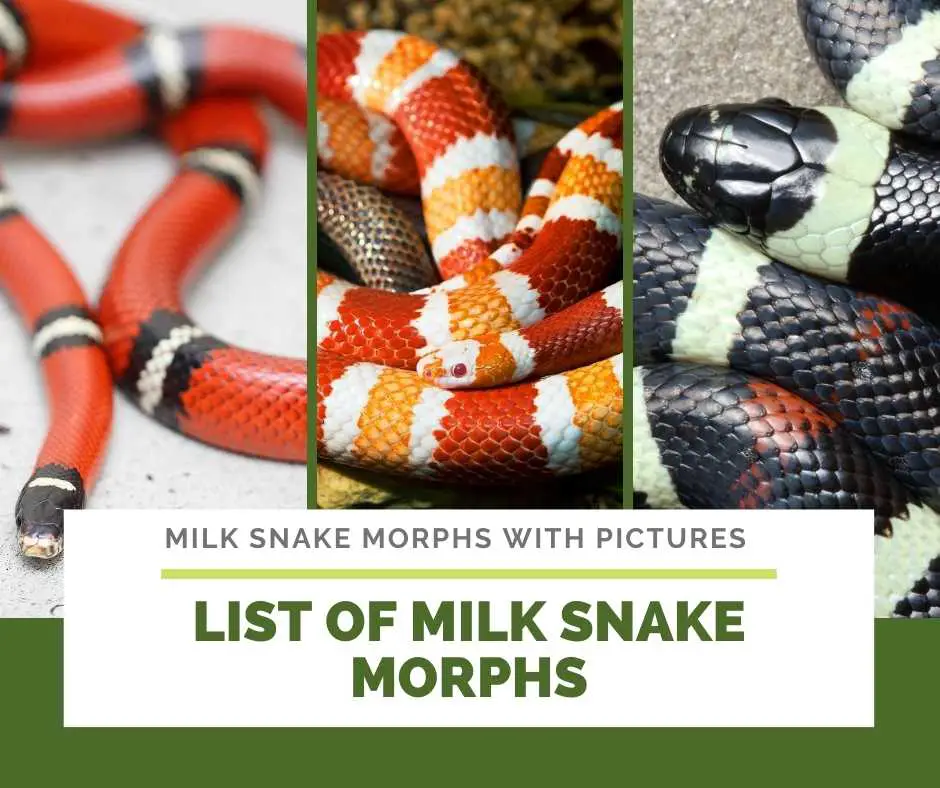
| Name | Size | Main Color | Price |
| Andean milk snake | 3.1ft – 6ft | Red | $99 |
| Atlantic Central American milk snake | Up to 4ft | Red | $50 – $400 |
| Blanchard’s milk snake | 3ft – 4.5ft | Red | $50 – $400 |
| Black milk snake | 4ft – 5ft | Black | $75 – $200 |
| Central Plains milk snake | 1.6ft – 3ft | White/Red | $89 |
| Conant’s milk snake | Average 3.8ft | Red | $50 – $400 |
| Dixon’s milk snake | Up to 3.5ft | Red | $50 – $400 |
| Eastern milk snake | 2ft – 3ft | Tan or gray | $200 |
| Ecuadoran milk snake | Up to 6ft | Red | $50 – $400 |
| Guatemalan milk snake | 2ft – 5ft | Red | $50 – $400 |
| Honduran milk snake | 4ft – 5ft | Red | $100 – $200 |
| Jalisco milk snake | 2ft – 3.5ft | Red | $50 – $400 |
| Louisiana milk snake | 1.3ft – 2ft | Red | $50 – $400 |
| Mexican milk snake | 2ft – 2.5ft | Red | $50 – $99 |
| New Mexico milk snake | 1.3ft – 3ft | Red | $400 |
| Nelson’s milk snake | Average 3.5ft | Red | $69 – $79 |
| Pueblan milk snake | 3ft – 4ft | Red | $40 – $200 |
| Pacific Central American milk snake | Up to 3.5ft | Red | $50 – $400 |
| Pale milk snake | 1.3ft – 3ft | White/Pale yellow | $300 – $500 |
| Red milk snake | 1.75ft – 3.3ft | Red | $250 |
| Sinaloan milk snake | 3ft – 4.5ft | Red | $60 – $100 |
| Stuart’s milk snake | 3ft – 3.8ft | Red | $65 – $100 |
| Smith’s milk snake | 3ft – 4ft | Red | $75 – $100 |
| Utah milk snake | 1.5ft – 3ft | Red/orange | $50 – $400 |
Basic Care Sheet of Milk Snakes
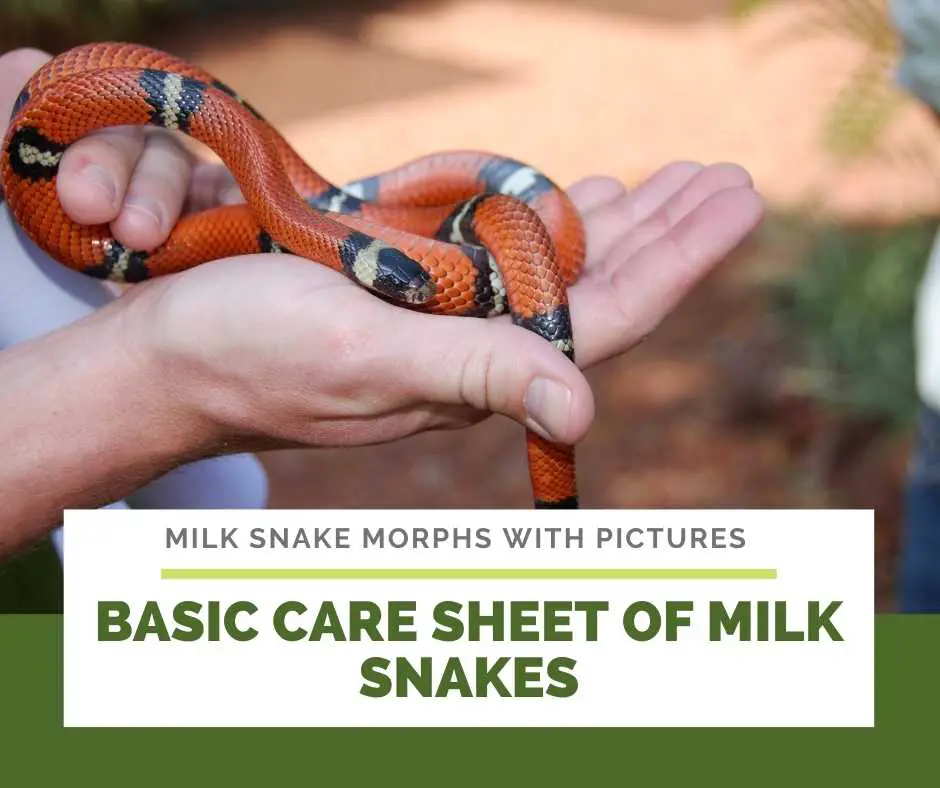
The milk snake genus has numerous varieties of species with ranging sizes and habitats.
These snakes are native in different parts of the world that include forests, grasslands, farmlands, and pines among others.
In general, their adult sizes range between 1ft and 6ft. As such, it is difficult to offer a single care sheet for all subspecies of Milk Snakes.
However, we have done extensive research and developed a basic outline on how to care for your favorite milk snake. Milk snakes live for more than 15 years, and this is an important consideration as part of the care sheet.
Housing for milk snake

Neonates and juveniles can live comfortably in a 10-gallon enclosure, while adults need between 20 and 70 gallons depending on their maximum adult size.
Always go for slightly larger to enable other modifications and design alterations. You must know that similar to most other snakes, milk snakes are also escape artists. Always secure the top of the enclosure to keep your pet from escaping.
Do NOT house more than one milk snake in the same cage due to their cannibalistic tendencies.
Substrate
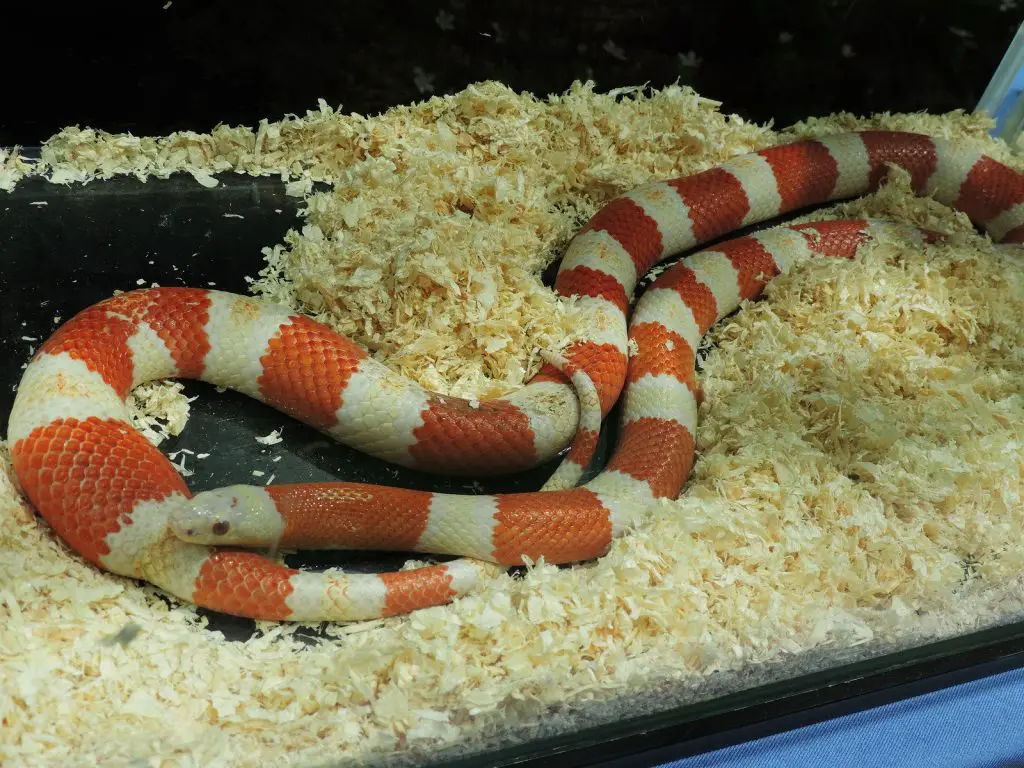
The substrate is a requirement for the cage.
Most milk snake keepers and breeders recommend the use of Aspen Snake Bedding from Zoo Med.
There are a variety of these products available at online stores.
You may consider Repti Bark, Forest Floor Cypress Bedding, or Eco Earth.
For the neonates, paper towels will do until they graduate into juveniles. Paper towel alternatives are also safe to use.
The market has a wide variety of snake substrate suppliers and you are free to make your choice.
However, it is recommended to stick to a reputable supplier. Take caution as some commercial products may contain high levels of dust and contaminants that will harm your pet.
Heating
Similar to other snake types, for milk snakes, ensure that the housing has a thermal gradient.
The gradient needs to have a warm side, which goes up to 86 degrees Fahrenheit and a cool side that ranges around 78 degrees Fahrenheit. In order to heat the cage, you can make use of heat mats and ceramic heat emitter.
Whichever option you select or combination, install them on one side of the cage and leave the other one with none.
Use of a thermostat is recommended and you also need to invest in a thermometer to monitor the heat. Several thermometers may be needed to ascertain heat levels are maintained as recommended in the different sections of the cage.
Lighting
These snakes do not need any special lighting. However, you may choose to add a light bulb for additional cage light.
You should select the one that will not add significant heat to the cage, which may harm your snake.
It is also recommended to have the light switched off at night. You can have a basking light especially in dimly lit cages.
If you must use light at night, select infrared or nocturnal lighting. Nonetheless, your snake will thrive well provided its cage is located in a well-lit section of your house.
Shelter
Milk snakes enjoy when they have hiding sections within their enclosure. You can use hide boxes, like those supplied by Big Apple, or some decorative reptile shelter, a cave or a hiding hut.
It may also have additional benefits to have two shelters on either side of the thermal gradient.
Ensure the shelter is sturdy and there is no risk of it disintegrating and crushing your snake.
Shedding
Every now and then, your milk snake will shed its skin and it happens at once.
As babies, shedding occurs more often than among the adult snakes.
Keep checking your snake and once you notice its eyes turning a shade of blue and becoming cloudy, it is about to start shedding.
Under normal circumstances, shedding occurs with ease.
However, in case there is no proper humidity during the shed, there could be some complications.
The snake could struggle to get all the skin shed at once. Maintain a decent amount of humidity within the enclosure. It can be done by misting a few times a day.
You may also have a moist shelter within the cage. There are products from Zoo Med that you can opt to use to ensure the place remains moist. Take caution on these as well since moisture promotes the growth of bacteria.
Inspect your snake after shedding to ensure all skin peels off properly.
Focus more on the eyes.
Unshed skin needs to be promptly removed to prevent health complications.
To assist in removing unshed skin, put the snake in a bowl lined with warm water, use wet paper towels and close the lid. You can also soak the snake in warm water.
Soaking the snake in water for about 30 minutes will increase the humidity and the skin will loosen for ease of removal using a pair of tweezers. If the skin fails to loosen repeat the humidifying process.
Always take caution and do not use hot water to prevent burning your snake.
Water
Milk snakes like having some water in their enclosure.
Place it in a bowl and it should be big enough for your snake to soak in it.
However, ensure that it is not too large that the snake will struggle getting out.
Place it on the cooler side of the cage. Replace the water often or at any time it gets dirty.
Food
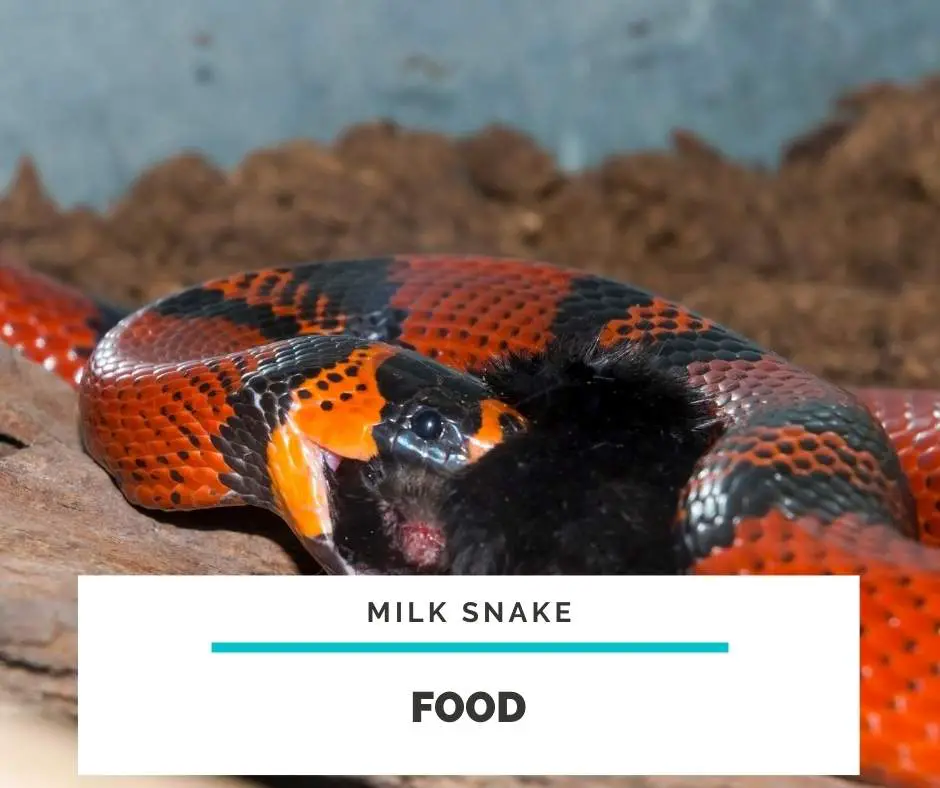
In the wild, milk snakes eat slugs, worms, caterpillars, crickets, grasshoppers, and as they grow older, they eat birds, rodents, small mammals, and lizards.
You may consider milk snakes as some of the greediest snakes, and they will rarely turn away food.
These snakes prey on mice and rats.
Provide them with an appropriately sized meal depending on the snake’s girth.
Never feed your milk snake a meal that is thicker than its middle section.
For the hatchlings, they need to feed once every five days while adults feed once every ten days. The transition is gradual as the snake grows from a neonate into a juvenile and finally an adult.
A pre-killed frozen and fully thawed meal is very appropriate for the snake. Some people opt to feed their snakes with live food. It is more of a personal preference on the keeper’s side. Feeding thawed mice make more economical sense because they can be bought in bulk and frozen.
Furthermore, it is safer for the snake to be left with a dead rodent than a live one in the cage if it does not eat it immediately. Live rodents can bite or scratch your snake in defense. Milk snakes get used to eating thawed rodents quickly.
Ensure that you maintain a feeding schedule as your snake may not show appetite if you give it food when its not time to eat. You also need to focus on the snake’s size as opposed to its age when deciding on food size.
What if my snake does not eat?
In case your snake does not eat there could be a few reasons for it:
- Hibernation
- Inexperience with captive diet
- Blue phase
- Stress
Ensure that you understand the reason for declined feeding. In case it persists for a long time, you may need to seek your vet’s advice.
Cage Maintenance
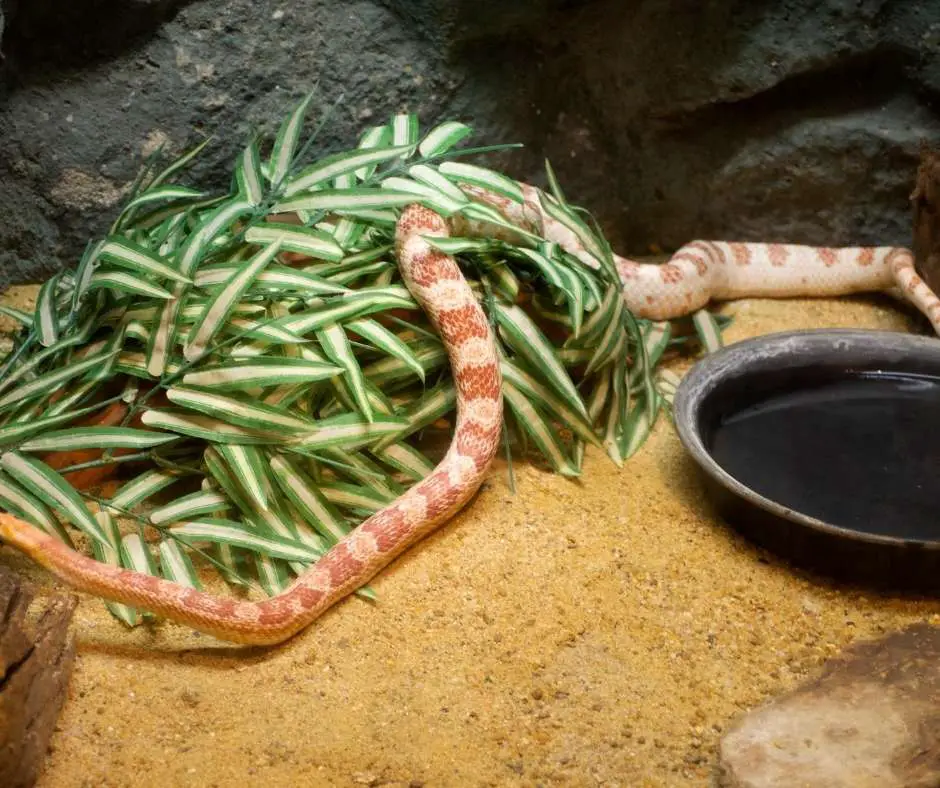
Milk snakes only defecate small amounts of semi-solid fluid, hence do not need a lot of maintenance.
When used, aspen and other substrates make it easy to clean, as well as, using scoopers.
This task can be done every time defecation happens.
Once every few months, you need to change the bedding, and the cage should be cleaned. If you use paper towels, they have to be changed once a week.
Hibernation
Interestingly, whereas milk snakes in the wild hibernate naturally, they do not necessarily do it in captivity.
The main reason for hibernation is the cold weather during winter, but if you heat the cage, there is reduced likelihood.
If done, they continue feeding and being active.
Nonetheless, expect reduced feeding behavior attributed to the general drop in temperature inside the house.
In general, it is not an issue as normalcy resumes once the cold season is over.
Handling
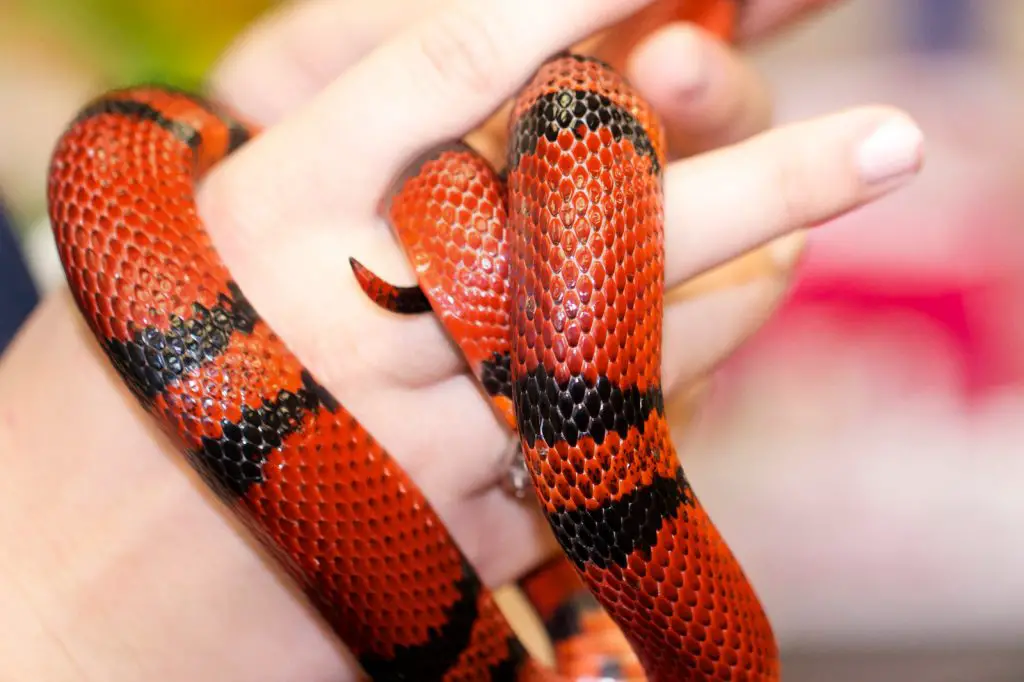
You need to handle your milk snake correctly for them to understand that you do not pose a threat.
When handling them there are a few things that you should keep in check. Always be calm and avoid flinching or being jittery.
The snake may interpret such movements as threatening.
Avoid moving around quickly as it may make them nervous. Additionally, do not handle them when they are hungry or immediately after they eat.
Handling when hungry may make them try to attack and bite you. If they just ate, they may regurgitate the food as a mechanism of enabling them to escape quickly.
Keep both hands on them always as they are active and can move quickly and escape. The handling sessions need to be short as they may develop nervousness and stress. Once they get used to you, they will most likely get comfortable with regular handling.
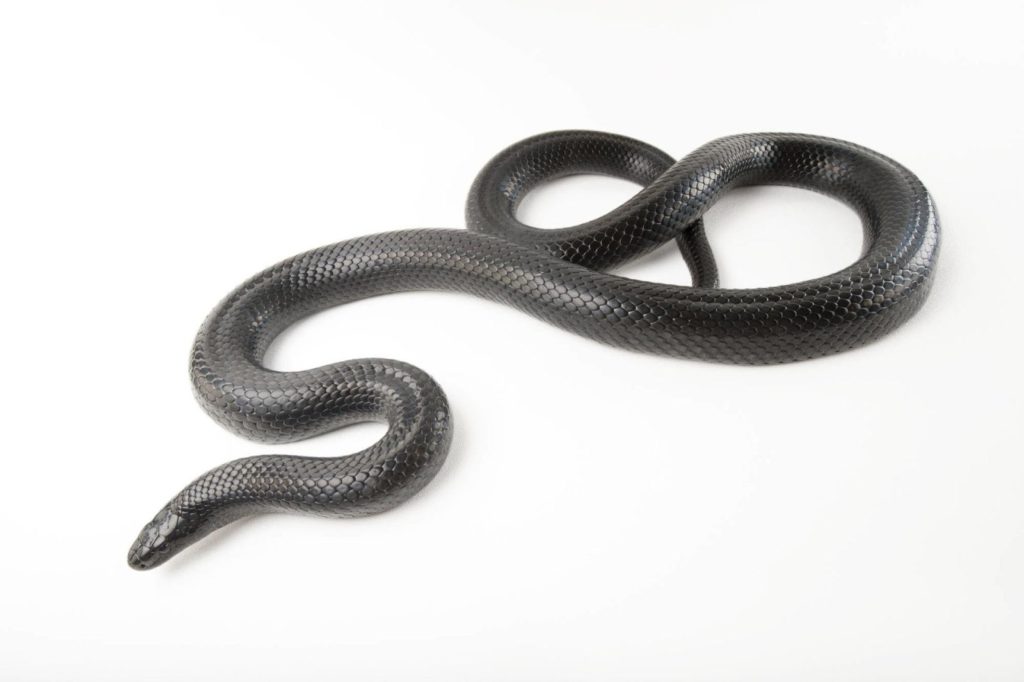
Wrapping Up
Milk snake morphs are some of the most popular snakes in the world and are ideal for beginners.
The wide range of morphs means that you are highly likely to find a milk snake that you like.
Furthermore, these are some of the best ornamental snakes out there. They have a good temperament thus good for a beginner keeper as well.
The only noticeable issue is that they tend to get confused with the venomous coral snakes due to their resemblance.
Related Products:
Last update on 2022-12-30 / Affiliate links / Images from Amazon Product Advertising API
